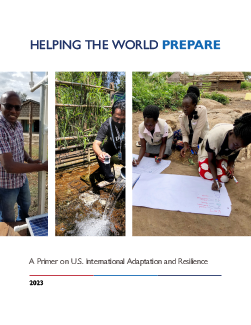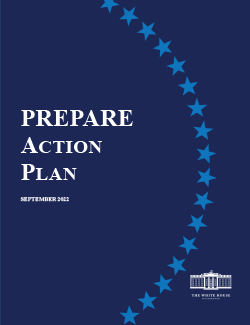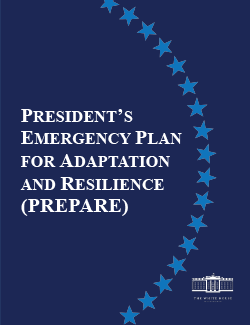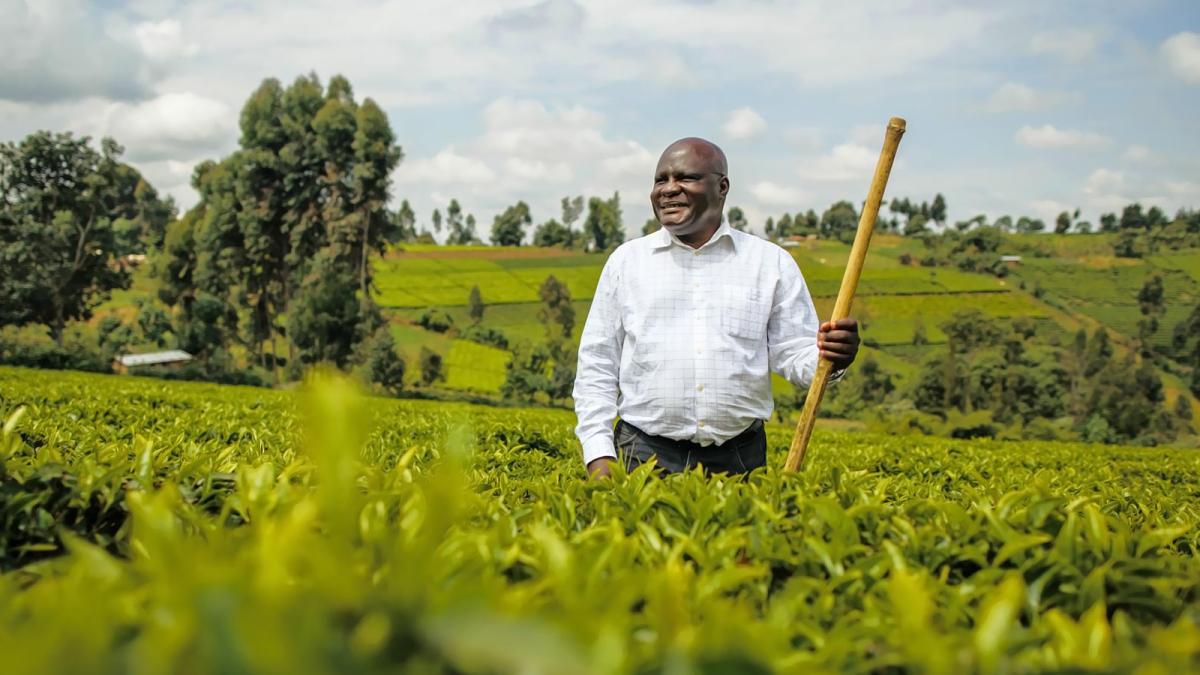PREPARE
The President’s Emergency Plan for Adaptation and Resilience
Presidential Initiative – 2021–Ongoing

© 2023 Rishiraj Dutta
Featured Content
The ReCap | Resilience at Scale: A New Paradigm for Infrastructure Investments
The CSIS Sustainable Development and Resilience Initiative held an event to examine the importance of U.S. government climate-resilient infrastructure investments in developing countries around the world. The event also launched “Resilience at Scale: A Systems Approach to Climate-Resilient Infrastructure Planning,” a report developed through an interagency process led by USAID and MCC in support of PREPARE.
Resilience at Scale: A Systems Approach to Climate-Resilient Infrastructure Planning
In this report, USAID, the Millennium Challenge Corporation (MCC), the National Oceanic and Atmospheric Administration (NOAA), the U.S. Army Corps of Engineers (USACE), and the U.S. International Development Finance Corporation (DFC) describe the benefits of a systems approach to resilient infrastructure planning, along with recommended steps to facilitate its implementation.
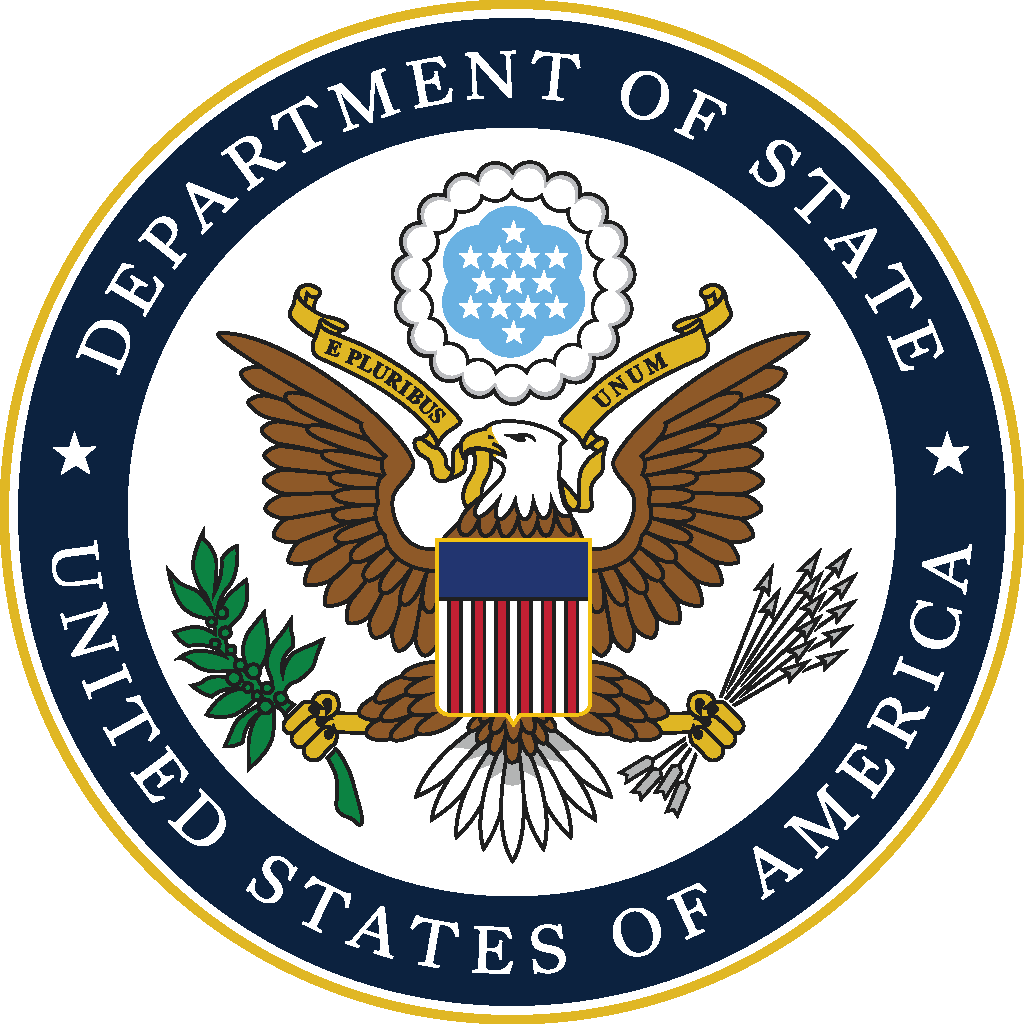


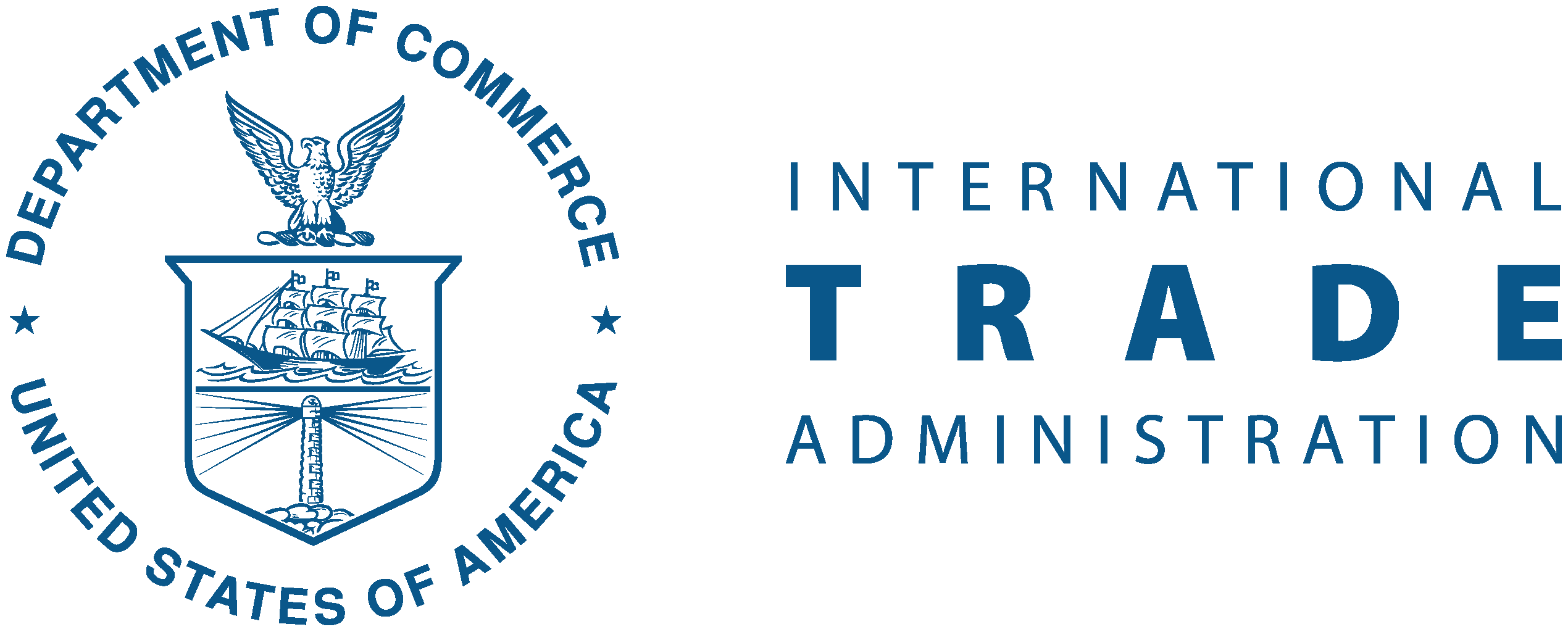



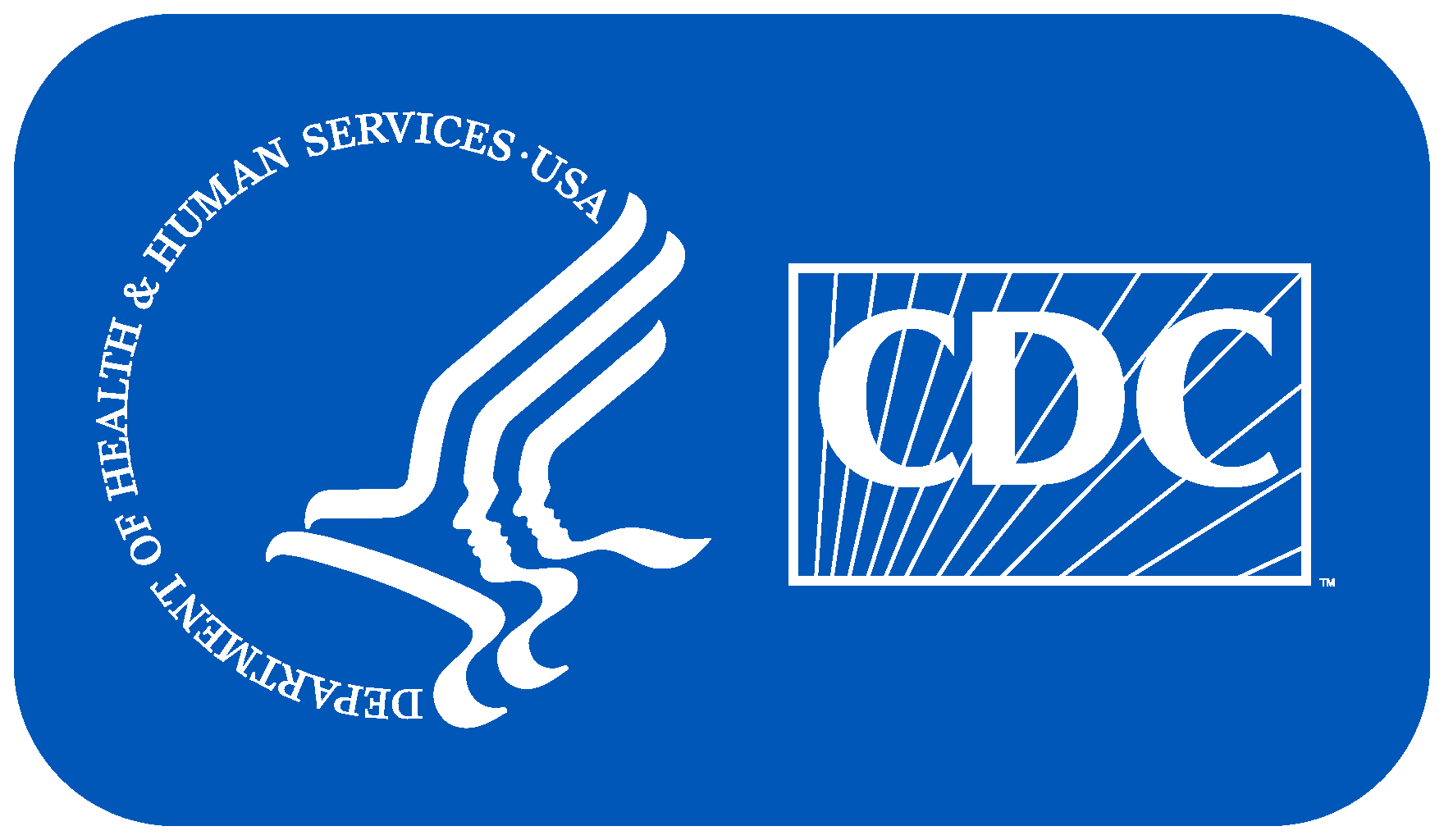














Launched in November 2021, the President’s Emergency Plan for Adaptation and Resilience (PREPARE) unites the diplomatic, development, and technical expertise of the United States. PREPARE is America’s contribution to the global effort to build resilience to the impacts of the climate crisis in developing countries.
PREPARE builds on over a decade of U.S. government experience in climate adaptation programming and diplomacy. Previous U.S. foreign assistance for climate adaptation has demonstrated the kinds of dividends that can be expected. Every $1 invested in adaptation yields between $2–10 in economic benefits. These benefits help avoid losses in lives and livelihoods as well as lower financial costs, create meaningful jobs, contribute to greater security and stability, and strengthen capacity to protect hard-won development.
Extreme and erratic weather threatens the lives and livelihoods of billions of people both in the United States and around the world. Through PREPARE, the U.S. government is helping people, communities, and countries prepare for, manage, and respond to sudden climate disasters such as fires, floods, and extreme heat, as well as longer-term threats such as droughts, sea level rise, and water scarcity.
Pillars of PREPARE
KNOWLEDGE:
Information is Power
The United States will build the capacity of the current and future generations to help people make choices about where they live, what jobs they have, and how they can protect their families from extreme heat, droughts, floods, loss of land due to sea level rise, conflict spurred by climate stressors, and other environmental changes caused by climate change.
PREPARE aims to deepen global understanding of climate risks, vulnerabilities, and adaptation solutions while supporting expanded development, innovation, and delivery of climate information and services, decision support tools, and early warning systems. Evidence indicates that climate information services not only average a one to 24 return on investment, but also advance income and productivity gains.
PLANS AND PROGRAMS:
Mainstream and Integrate Adaptation, Build Relationships, Execute
The United States will help countries and communities in vulnerable situations plan for climate impacts and mainstream adaptation into broader decision making, with the ultimate goal of safeguarding lives, livelihoods, and the natural environment.
PREPARE strives to foster country-led solutions and improve the capacity of national and local governments to assess and embed climate risks into their budgets, plans, policies, and operations with the ultimate objective of translating priorities into bankable projects. USAID also plans to support locally-led adaptation that enables Indigenous peoples, vulnerable communities, and marginalized populations to meaningfully participate in and lead adaptation-related decisions.
RESOURCES:
Mobilizing Finance and Private Capital
The United States will accelerate financing of adaptation measures by contributing to and shaping new and existing multilateral and bilateral adaptation funds, supporting multiple climate risk finance strategies, strengthening capacity to access finance for adaptation and develop bankable investments, and striving to mobilize private capital.
PREPARE strives to accelerate financing of adaptation measures by supporting multiple climate and disaster risk finance strategies, strengthening capacity to access finance for adaptation and develop bankable investments by creating incentives and reducing risk for private investment.
PREPARE Call to Action to the Private Sector
The PREPARE Call to Action to the Private Sector was launched by USAID Administrator Power and Special Presidential Envoy for Climate Kerry at COP27 in recognition of the urgent need to accelerate private sector action to address long-standing gaps in climate adaptation. Companies responding to the call are galvanizing action in six focus areas. This Call to Action is aligned with PREPARE’s efforts to mobilize public and private resources for climate adaptation and address barriers to investment to help achieve the scale and innovation needed to address these gaps.
PREPARE Call to Action to the Private Sector at COP28
Answering the Call
AECOM • ASTM • AON • Arup • AstraZeneca • AXA • Boston Consulting Group (BCG) • Blue Marble • Cisco • Danone • Diageo • Fugro • Google • Gro Intelligence • Howden • IBM • Jupiter Intelligence • LinkedIn • Marsh McLennan • Mastercard • McCormick • Meta • Microsoft • Milliman • Miyamoto • Pegasus Capital Advisors • PepsiCo • Pula • SAP • Synoptic • Tomorrow.io • Visa • WTW • Xylem • Additional Partners
How USAID is Advancing PREPARE
USAID is utilizing its long-standing, on-the-ground partnerships to strengthen the climate resilience of governments and communities through sustainable development and humanitarian assistance, and develop climate-smart solutions. These efforts align with USAID’s 2022–2030 Climate Strategy, which sets ambitious timelines and targets for reducing global emissions, increasing adaptation, and mobilizing climate and risk financing to support adapting to the impacts of the climate crisis.





